Activities such as bird photography appear benign and in tune with nature. But ornithologists in Bangalore find how this supposedly eco-friendly activity is damaging precious bird habitat at the Hesarghatta lake when photographers carelessly drive right into the crucial habitat.
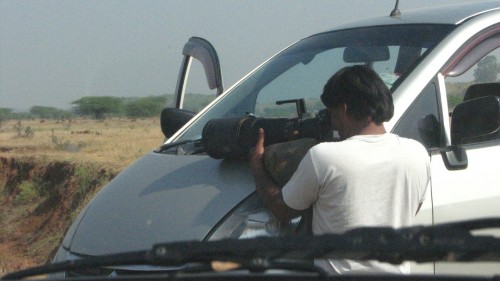
In Bangalore, Karnataka, many nature enthusiasts and photographers visit natural areas often, especially on weekends and holidays to photograph winter migrant birds. Hesaraghatta lake is one such place.
Located about 30 km North West of Bangalore the lake is under the Minor Irrigation Department of the Government of Karnataka. But lately popularity of the lake among bird watchers is growing and with it the use of vehicles by photographers.
Seshadri KS and his team of fellow researchers found that the traffic around the pristine lake ecosystem is increasingly ruining the habitat for the birds.
According to their research report,
“The situation in Hesaraghatta lake area has aggravated with the occurrence of rare birds like the European Roller or the Pied Harrier, being chased and cornered by 15-20 photographers till it is tired. This problem has persisted for over four years since it was first highlighted in 2009.”
Assessing the Damage
To assess and documenting the impacts visitors may have on the ecology of the habitat Hesaraghatta lake, the team counted the number of vehicles coming into the area from morning till noon. The team also observed if the photographers entering the lake surroundings came in two or four wheelers.
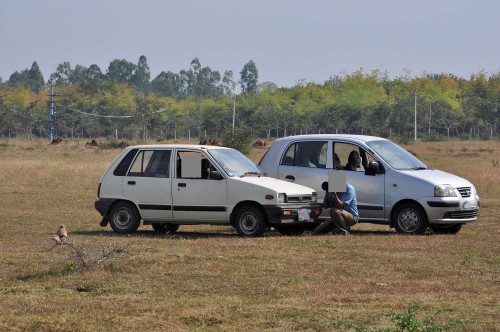
The damage to the vegetation was mapped by studying the track length and breadth left by each vehicle. They also used an improvised rope line transect method to gauge the amount of damage done to vegetation around a particular area.
The key findings of the teams were,
1. High Vehicle frequency
They found a total of 71 four wheelers, a three-wheeler and six two-wheelers frequenting the lake on four days. This averaged to 20 vehicles per day.
The highest number of four wheelers, 26, was counted on a day that had a rare bird sighting (The European Roller (Coracias garrulus).
2. Tireless bird watchers…tired birds
With an eye on the rare bird and none on the mess they were creating many bird watchers, and photographers approached the birds like the European roller tirelessly. It is listed as vulnerable by the IUCN. The birds attempt to get away from the corwd was in vein and at one point it seemed it was too tired to move away.
3. Tracks instead of vegetation
The team measured a total track length to be about 43 km, including existing pathways of which tracks made by photographers were estimated to be about 25 km.
It was also observed that the vehicle tracks were more extensive near and around trees or shrubs on which birds perch. This was because when a particular bird was spotted vehicles approached them as close to the tree as possible.
The average damage to vegetation (partially damaged and fully damaged) was 27%. This means that every time a vehicle drives over natural vegetation, an average swath of 1.62 m. is damaged or lost.
4. Habitat destruction for many species
The lake is home to many rare birds including the Critically Endangered Lesser Florican. Some other bird species observed here when the lake is brimming include open water dependent migrants such as the Northern Shoveller, Northern Pintail. Also seen are Common Redshank, Wood Sandpiper etc. As the lake has dried currently, birds like Harriers, several varieties of eagles and falcons too have been seen and no other water loving birds except egrets have been observed.

The damage done to the habitat, trampled vegetation and grasslands, repeated disturbance of the environment can only lead to lesser and lesser birds frequenting the area.
Also, apart from birds, other fauna like amphibians, reptiles, mollusks and insects, including the recently rediscovered Lilac Silverline Butterfly too is found in this lake area and habitat destruction can simply mean that these creatures too move elsewhere or just fail to survive.
The rapid access report highlights a growing problem in crucial habitats today which need to be protected not just from developments but over enthusiastic naturalists who unknowingly are destroying the very habitat they want to photograph.
The study was carried out by Seshadri KS, Krishna MB, Shashank Balakrishna, Sunil Kumar M, Prabhakar BS, Nitin R, Kishan SB, Vinay KS, Gautham GS, Venkat Narayan, Sushant Potdar, Piyush Daga, Pawan Kumar T.
Our View
Bird watchers and bird photographers are undeniably doing a great job in gaining practical knowledge and showcasing it to others through their photographs. But what should not be forgotten is that in their enthusiasm to get the perfect shot they might also be tampering with the natural environment. As much as the click is important, it is imperative that the grasslands, woodlands are safe too from human made disturbances.
As a general rule vehicles should not be part of any natural excursion of such kind. We can only hope that Hessaraghatta’s saved from further intrusions of such kind and people willingly opt for a vehicle free environment if they really wish the birds and other widlife of the area to have an untrampled home.
More Related Stories,
Photo Feature: World Environment Day
Photography of Great Indian Bustard Banned
Spies in the Sky Saving Wildlife
Image courtesy Seshadri KS and travelpi2.blogspot.com


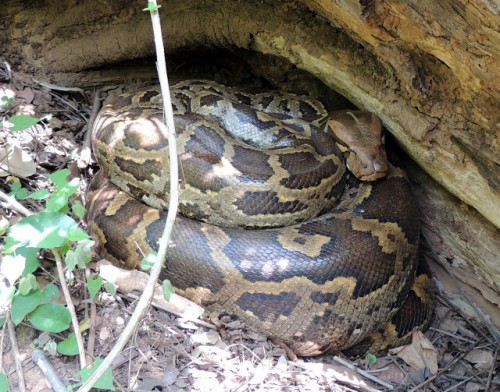
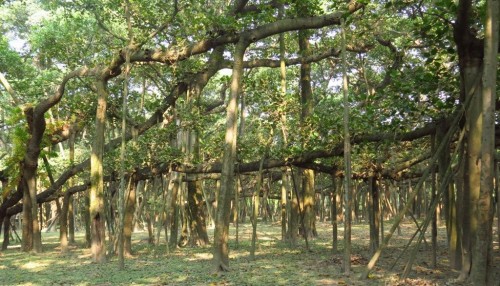
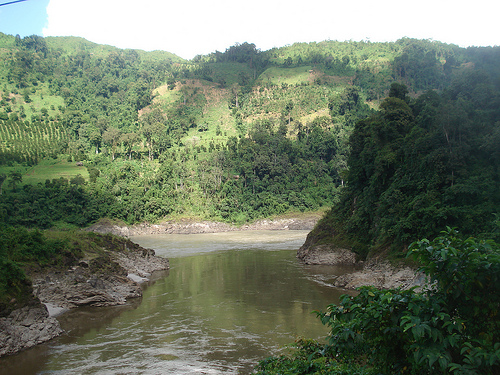
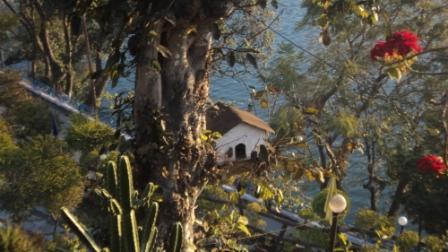
2 thoughts on “Are Bird Photographers Damaging the Avian Habitat?”